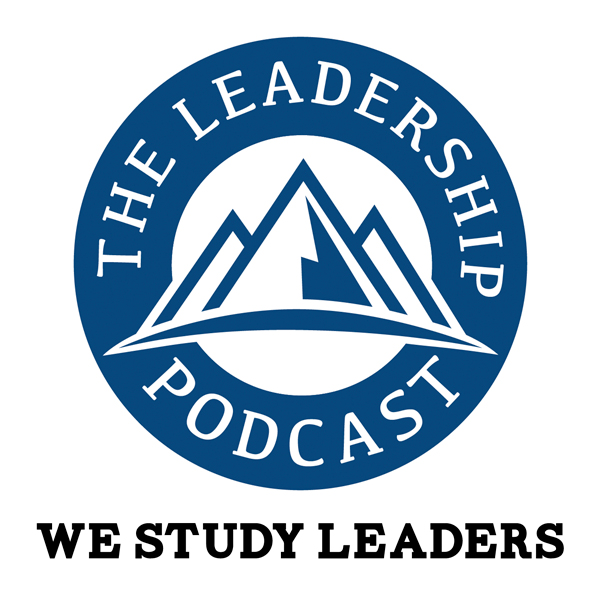How much can you spend without approval? In most organizations, spending $10,000 requires jumping through a few hoops, and is usually a decision of two or more people. $10,000 is real money, and there are inevitable questions asked how that money will be spent/invested:
 Necessity – What problem will this help solve?
Necessity – What problem will this help solve?- Scope – How will the money be used?
- Risks – What other options are there?
- Stakeholders – What do we expect from the investment?
Think about this: How much do you spend on the leaders in your organization? From a development perspective it might be zero, or it might be significant. One thing is for certain, and that is your top people likely make more than $10,000 per month. Are you asking the same questions about that investment?
- Necessity – What problems is this leader expected to solve – monthly, quarterly, yearly?
- Scope – How does this person spend their time, and is there room for growth and development in addition to producing results?
- Risks – What are the risks to the organization if this is a C-player who is floundering? What if an A-player told you they were leaving – would you then fight hard to keep him or her?
- Stakeholders – What do we expect from the investment?
Are you thinking about the money you spend every month on your leaders in the same way you think about spending $10,000 on a project? Do you have the same metric rigor in place to insure you maximize your return?
Leaders who effectively manage performance produce quantifiable results:*
- 50% less staff turnover
- 10-30% higher customer satisfaction ratings
- 40% higher employee commitment ratings
- 200% higher net profits
Next time you’re involved in a budget decision, think about how you spend money everyday on your people – in that very meeting. Leader development is about aligning expectations, setting priorities and investing in the overall performance of your organization.
*The Ken Blanchard Companies, The high cost of doing nothing: Quantifying the impact of leadership on the bottom line (2009).






